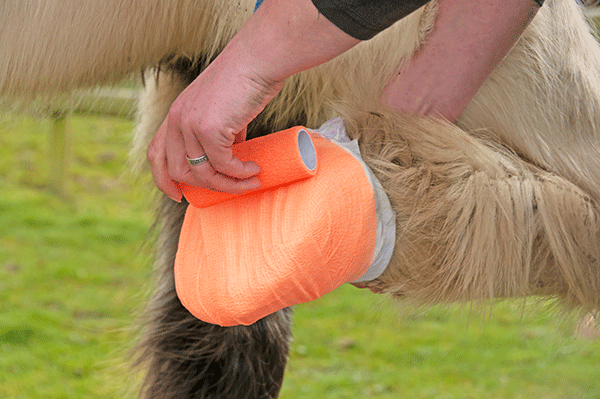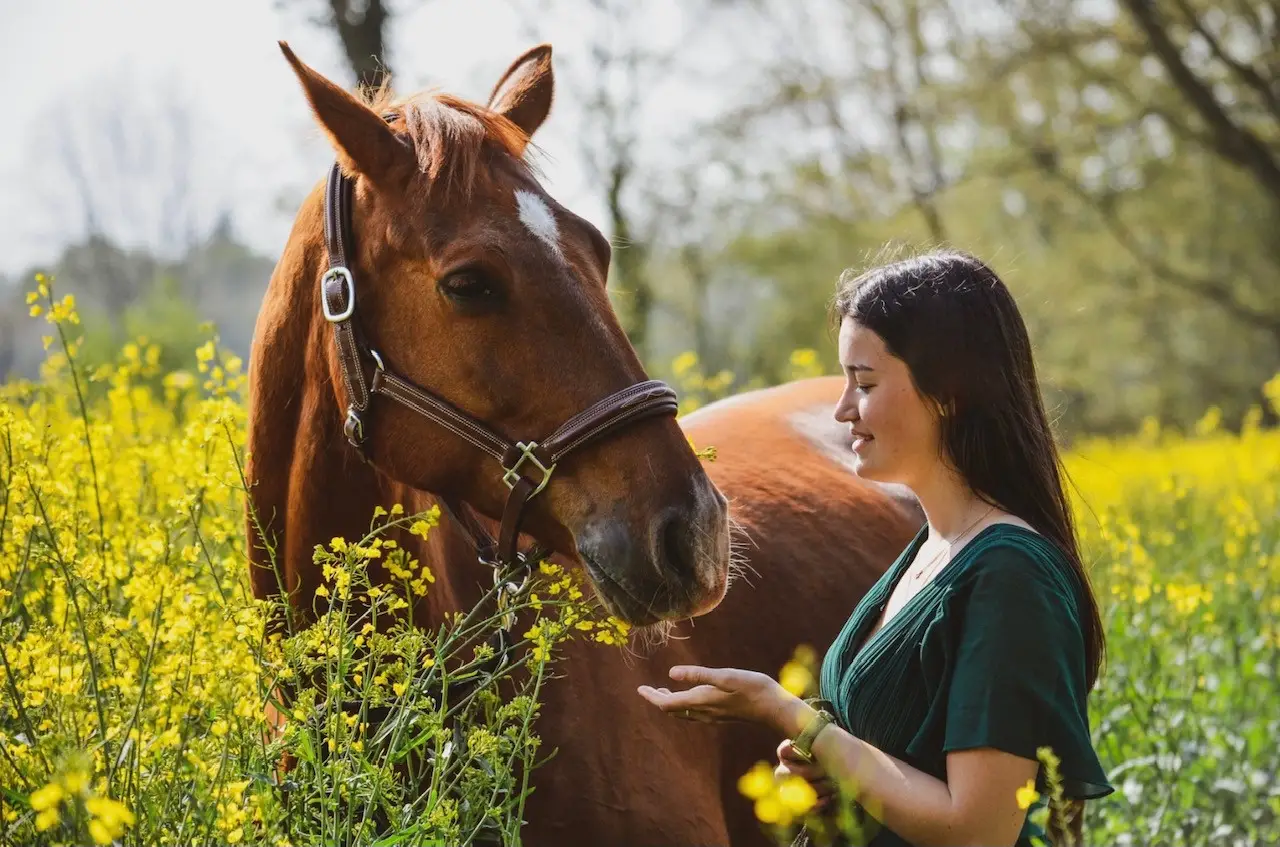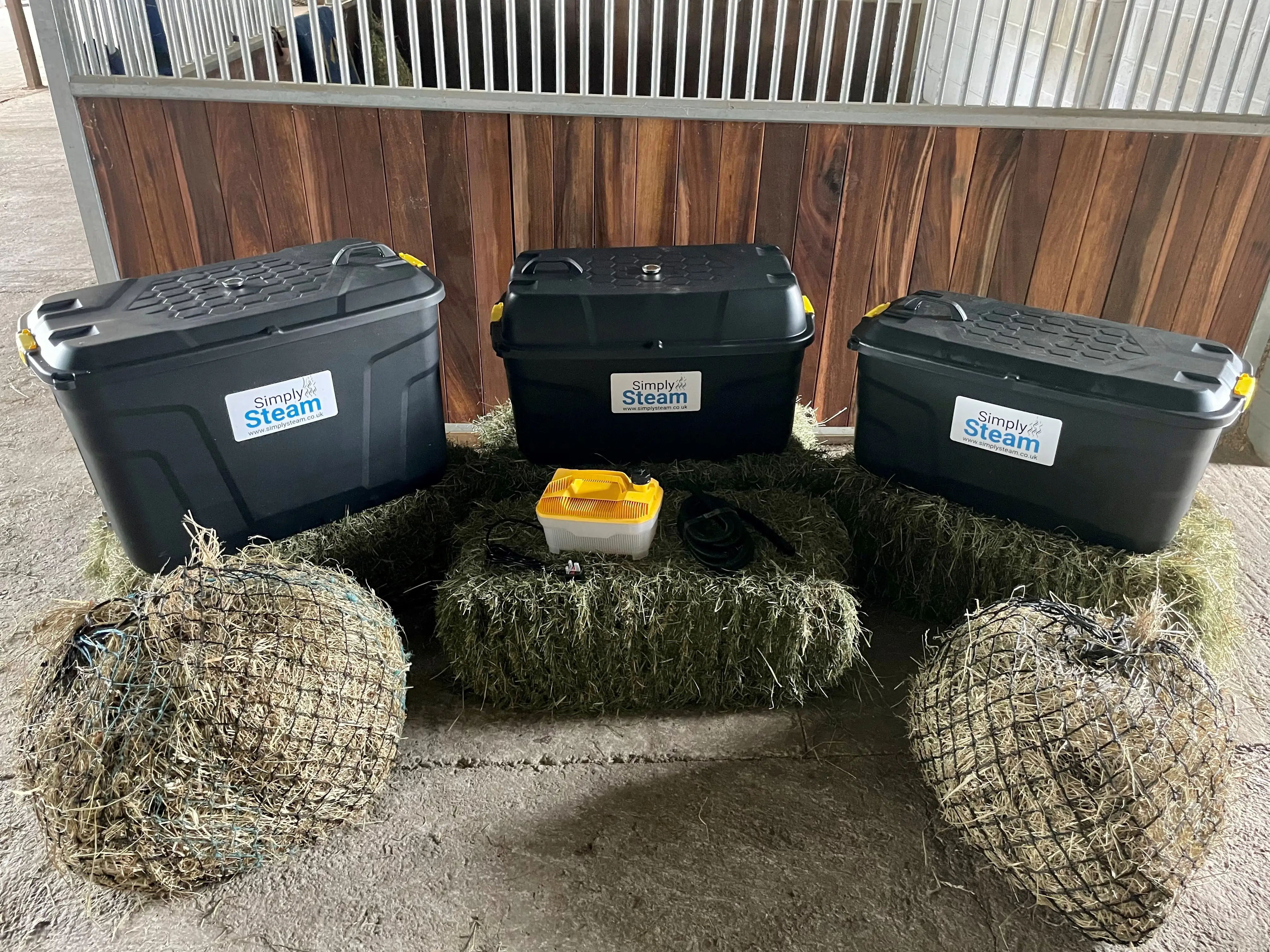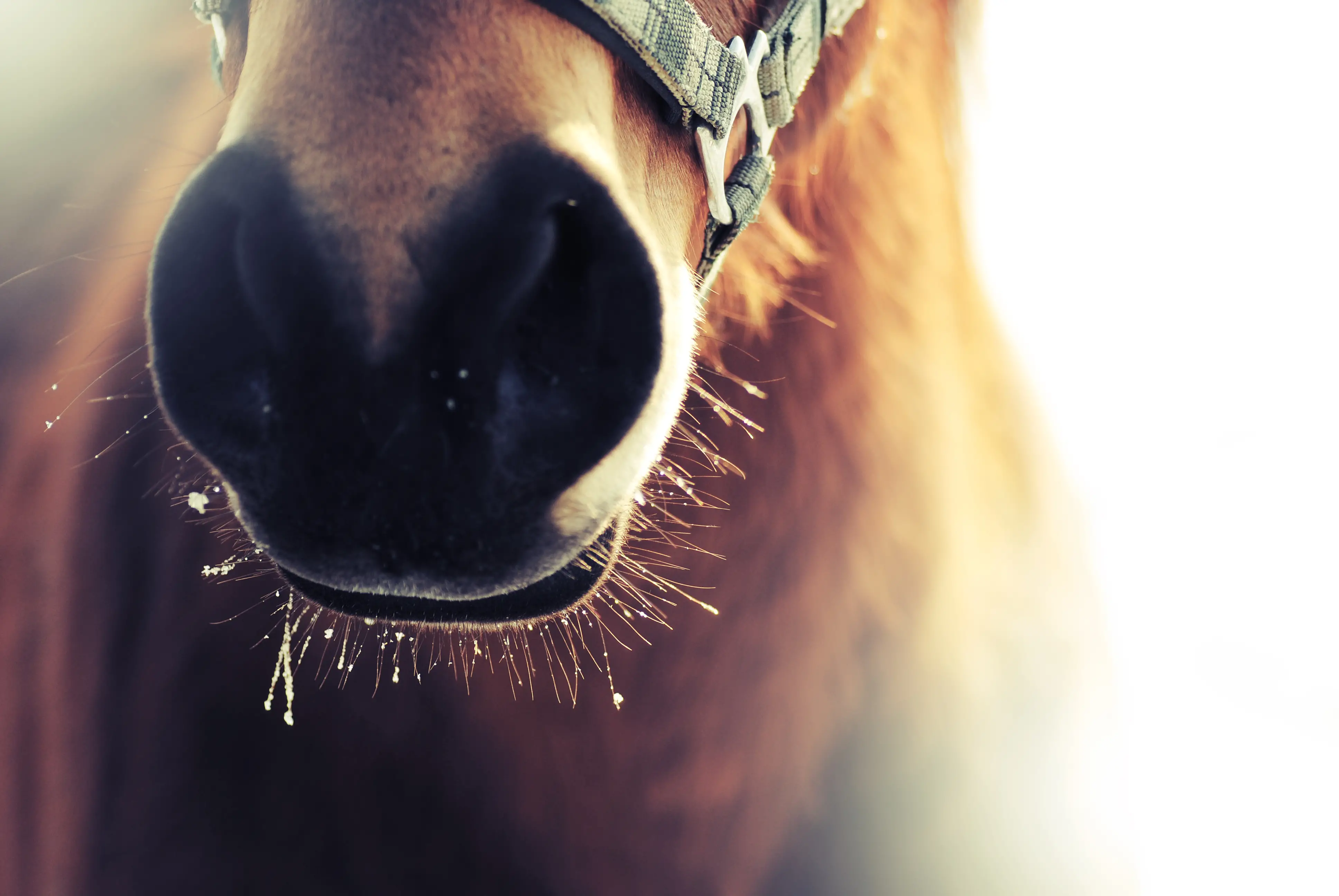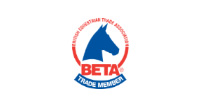01 July
What is a hoof abscess? Causes, treatments and how to prevent it.
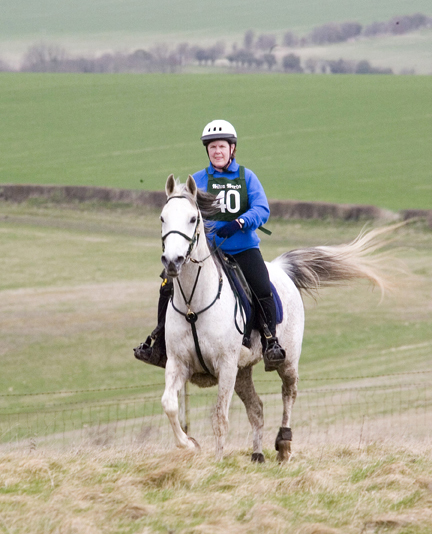 Heather Giles
Heather Giles
Abscesses in the hoof are relatively common but can cause great alarm as on many occasions the horse will be perfectly sound one day and hopping lame the next, in some cases refusing to put any weight at all on the offending limb. An abscess is the commonest cause for a sudden inexplicable lameness. Very small abscesses often provoke no discomfort at all and only show when the abscess erupts at the weakest point of the hoof which is the coronary band or the bulb of the heel.
1. What causes a foot abscess?
An abscess is caused by bacteria entering the hoof structure and anything that weakens the hoof wall or sole integrity will make it easier for the bacteria to invade. This includes:
- Alternate dry and wet weather conditions can cause the hoof to dry out and shrink, resulting tiny cracks which allow mud to enter once the weather turns wet and allow bacteria to invade and cause an abscess.
- Penetrating wounds caused by the horse stepping on a sharp object such as a flint or piece of glass can create a minute entry site for bacteria. The wound site, very often virtually invisible, then heals over with a resulting abscess 2-4 days later.
- If a horse is shod “tight” ie with the nail too close to foot’s sensitive structure this can also allow bacteria to enter, even if the offending nail is removed straightaway the pathway for the bacteria is created.
- Muddy or rocky ground can cause bruising to the sole resulting in minor abscesses which are often not visible and cause no immediate problem but can be seen as red areas on the hoof sole on a subsequent shoeing.
- Poor hoof balance/conformation can also cause abscesses as ‘flares’ in the hoof wall put extra bending stress on the sole/wall junction causing minute fissures which can become contaminated.
2. How to detect a hoof abscess?
Generally, the presence of an abscess provokes lameness, and this can be very mild to severe but will often be fairly radical ie horse sound one day lame the next, sometimes so lame that something more severe is often visualised. Again, some horses don’t go lame at all, and the first sign is when pus from the abscess exits at the coronary band. Severe, deep-seated, and chronic abscesses can also be seen on X-rays. Horses with a foot abscess will often have a strong digital pulse and sometimes swelling of the lower limb.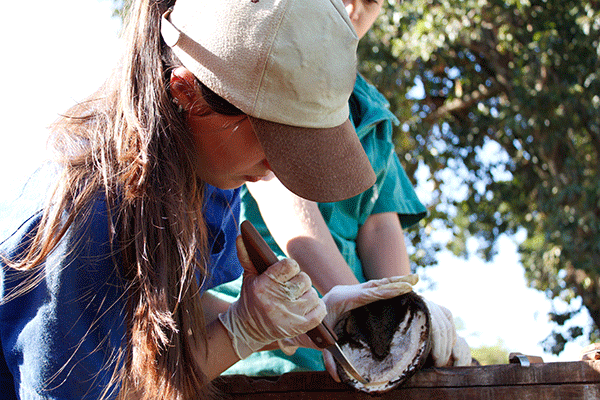
3. How to treat a hoof abscess?
The priority action when an abscess is present to locate it and then drain it as this relieves the pressure inside the foot and will substantially reduce the horse’s discomfort. Either your vet or your farrier can do this job, but it involves uses hoof testers to locate the approximate site of the abscess then opening it up via the sole of the foot to establish drainage. Hygiene is key to this process so once the abscess is draining the foot must be dressed in a poultice and then the poultice held in place with several layers of vet wrap then duct tape to keep everything in place. A poultice can be as simple as cotton wool on sterile gauze however there are branded poultices on the market, such as Animalintex which are hoof-shaped, sterile, and come ready to use wet or dry.
The trick is the drain the maximum amount of pus with a wet poultice then re-wrap the foot with either a dry poultice or have your farrier re-shoe that foot with a pad sealed with silicone gel so that the hole will close without getting contaminated again. Don’t wrap the foot for too long or over-poultice as this will soften the foot and risk further abscesses.
Some deep-seated abscesses will need more involved veterinary care and X-rays to diagnose and monitor, particularly if they involve the structures inside the foot such as the coffin or navicular bone, or the tendon sheath. Most abscesses are easily resolved however the prognosis is more guarded with the deep-seated type.
4. How to prevent abscesses?
The best defence against abscesses is good hoof care which involves frequent cleaning to remove stones and mud and regular attention from your farrier to maintain good foot balance and address any issues. If your horse has thin soles, then consider using pads or hoof boots to protect them and keep your horse’s stable as clean as possible.
Also ensure that your horse’s diet is a balanced one with an emphasis on good quality long fibre (hay/haylage) and short fibre (chaff or chop) with a vitamin-mineral supplement or balancer if required. Analysis of your hay and your soil will highlight any deficiencies.
Our product suggestions
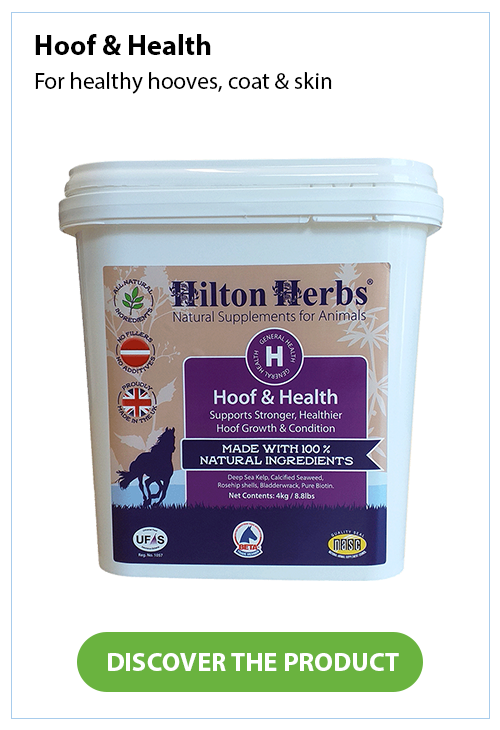

 About Heather Giles
About Heather Giles
Heather Giles is PR & Marketing Manager for Hilton Herbs. Heather has worked for the company for over 20 years and her job includes trade shows, working on the website, organising product photography and being responsible for advertising in the UK.

























